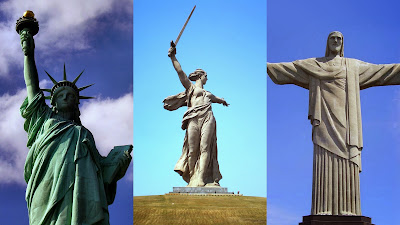5G Wireless Part I: A brief history
Wireless communication means that we transmit the voice or data using radio waves. The technology to embed the voice/data signal in the radio-waves has undergone significant changes with every generation from 2G to 4G.
2G was developed exclusively for audio communication using the GMSK technology (I will skip what that stands for because it is not relevant here). Internet-on-the-phone was not on anybody's mind at that time. When eventually the need arose, the wireless community developed a patchwork solution called Edge. If you ever see an 'E' on the top bar of your phone, it stands for Edge. Even today, when the range is really bad, your phone falls back to Edge for internet connectivity.
Basically, the technology for putting audio-signal on radio waves was not optimal for data-signals. The reason is, variation in data-signals is much higher than the variation in audio-signals. So, people started looking for a better technology. That new technology was WCDMA, which was used in 3G.
With 2G, we could get a speed of 56 kbps (same as dial-up internet). Now with 3G, it increased 10 times, up to 500 kbps. But there was a caveat. WCDMA was not optimal for audio signals. Why? Because voice-data and internet-data are different in nature. If I say "hello, hi, how are you?", you want to hear each word in the same order at the same time. But if you open a Wikipedia page, different parts of the page load first and you don't care as long as you get the whole page in the end. The WCDMA technology could not guarantee that the voice is transmitted within a tolerable delay. So the network operators decided, "let us continue using 2G for audio calls, but let's use 3G for the internet."
Now the next aim of the wireless community was: can we achieve the same speed as wired broadband internet? What were the differences in wired and wireless internet? When you transmit signal on a wire, the losses are really small no matter how long the wire is. But in wireless communication, the signal power goes down exponentially as the distance between transmitter and receiver increases. Further, radio waves reflect from buildings. So, your phone receives multiple reflections of the same signal at different times. It is hard to reliably decode such a signal.
There was already a technology that was robust against reflections. It was called OFDM and we were using it in WiFi. By this time, the hardware capabilities also had advanced. The receivers in the phones were so sensitive that they could detect a signal with very low power. With the combination of OFDM and new advances in electronics, 4G (more popularly marketed as LTE) was born.
With 4G, the data-rates jumped to 5-10 Mbps, again an increase of 10 times over 3G. With these speeds, video streaming, online-gaming became more convenient. It was also good for audio-communication. Nevertheless, it is still prevalent that 2G is used for voice calls and 4G is used only for internet. This is mainly because existing 2G infrastructure is still functioning and a complete overhaul will take time. Some operators, like Jio in India, use 4G for voice calls. This is called Voice-over-LTE (VoLTE) and it's similar to calling over Skype.
The aim of achieving broadband speeds was achieved but only partly. Why? The speed is shared between users. Access to fast mobile internet at affordable prices meant a huge growth in the number of users. By this time, wired broadband speeds had also increased up to 1 Gbps. People could now watch 4K videos at home and play virtual-reality games.
Could 4G keep up with the changing times?


Comments
Post a Comment